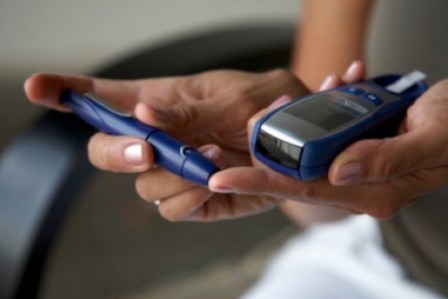2024 healthcare trends and the rise of personalized care

ICYMI, Validic CEO Drew Schiller moderated a webinar last week, Looking Ahead: 2024 Healthcare Trends and the Rise of Personalized Care, featuring Leah Briggs, ActiveHealth Management executive director of product and Dr. Peter Rasmussen, cerebrovascular/endovascular neurosurgeon and chief clinical officer of The Clinic by Cleveland Clinic.
Among the key themes discussed were:
Personalized care from the patient and provider’s perspectives
Leah Briggs: “It's never been about the few times a year that I go into an urgent care or see my PCP. It's about the moments in between; that's when real health behavior changes can occur. To personalize those moments, you have to know about them and you have to combine that information with preferences and behavioral patterns. Our job in population health management is to create tools and experiences that help the treating providers inform treatment plans and really start to match up the right intervention for the patient at that moment.”
Balancing a personalized approach with the increasing demand for care and lack of clinical resources to support that demand
Peter Rasmussen: “In a word, it's technology. There's a tremendous shortage of nurses, physicians, advanced practice providers, therapists, nutritionists. And I think the only short-term solution we have for this is implementing better technology. That means better information systems, but importantly it's connected devices for patients who have chronic disease.”
“There are 6 or 7 million Americans living with heart failure in this country. We're not training anywhere near enough heart failure experts to manage this population. So the only way that's going to be solved or helped is using technology to bring the heart failure expert to the patient when it's needed, set the course of treatment, and monitor that treatment plan moving forward using connected devices, digital tools, text-based engagement strategies, telephone visits, and video visits, leveraging the appropriate provider at the appropriate point in time moving forward. But it really all comes down to pulling together the technology, connected devices, the data flow, dashboarding, and the different ways of helping patients access care.”
How clinicians are using remotely collected patient data and virtual care models to deliver high-quality, personalized care
Peter Rasmussen: “One of the absolute necessities if you're going to do these programs, is the data that patients are acquiring at home has to flow into the EHR. And Validic is a great way to do that. An example of this around blood pressure, of course, is the management of chronic hypertension or acute hypertension. Then obviously it's very simple to add on things like temperature and blood pressure, pulse and respiratory rate, pulse oximetry to manage respiratory infections, Covid, influenza, RSV.”
“But beyond that, I was always surprised at how innovative people could be. I spoke to the Cancer Institute and they asked me to talk to the bone marrow transplant team. I couldn't figure out what the bone marrow transplant team would use remote home monitoring for. And what they told me was after bone marrow transplant, patients would come into the office every day for three months to have their temperature taken and their blood pressure monitored. The reason is that these patients are prone to infection on the immunosuppressive regimen. They were able to transition all of these patient visits to remote monitoring by having the data flow into the EHR. It saves the patients time. It frees up outpatient clinic slots for other patients. It makes absolute sense to think about ways to use this technology to do things much better for your patients moving forward.”
The impact of generative AI in 2023 and what it means going forward
Leah Briggs: “I'm hesitant to talk about putting AI in front of a patient, as I think most clinicians are. That makes us nervous and I think it will be some time before any of us feel comfortable with that. But I think as we look at everything from the note generation to those digital devices we were talking about, we can really do some amazing things, processing huge volumes of data that would take humans so much longer. If it can help us get speed to market on some of these devices, I think it can really escalate the adoption of the devices and this continuous care process.”
“I also think it's really important that we acknowledge that the inputs into AI are just as important. If we're not taking into account cultural and behavioral inputs, we could actually do damage and exacerbate the health disparities that we're already trying so hard to combat in the healthcare environment. So I think it's really critical that when you're implementing and exploring [AI solutions], that you're thinking about the totality of information that describes that patient's experience and not limiting it just to the clinical conditions, because that's only part of the story.”
To hear more of their enlightening and provocative discussion, listen to the full webinar recording on our YouTube channel.
Consider joining our mailing list. We’ll send you invitations to future webinars with leading organizations, as well as resources and blogs relevant to using remotely collected health data in clinical practice, data aggregation and integration, and personalized care for the population.
Engage with us on LinkedIN and X.